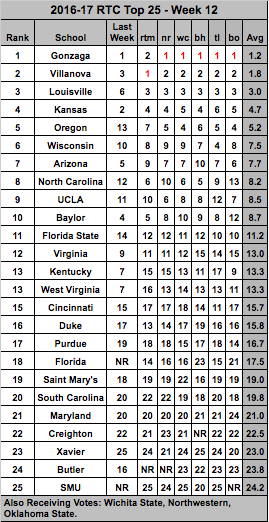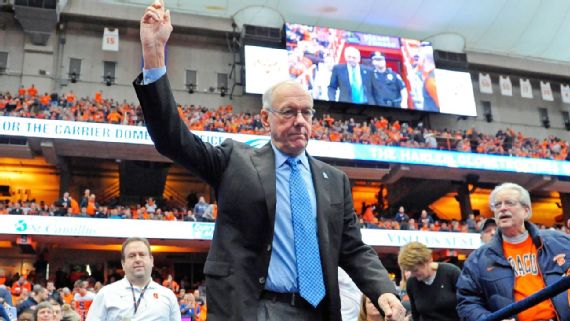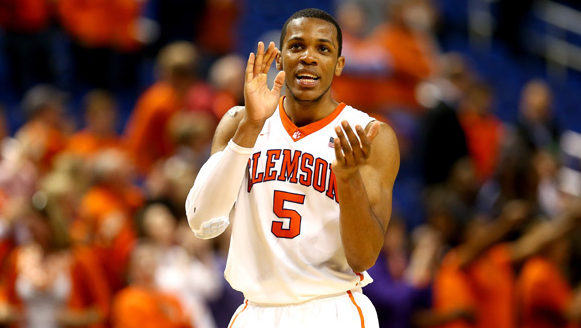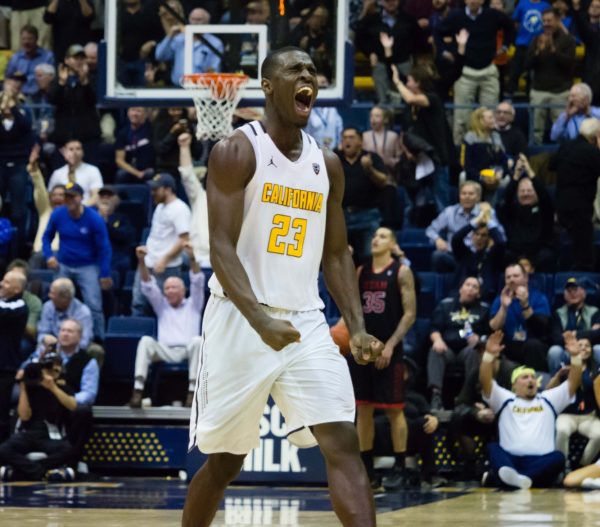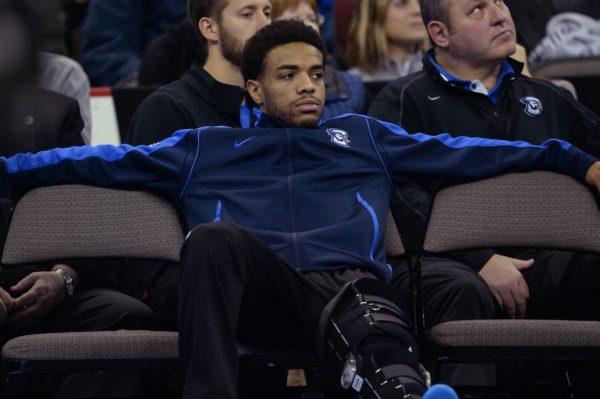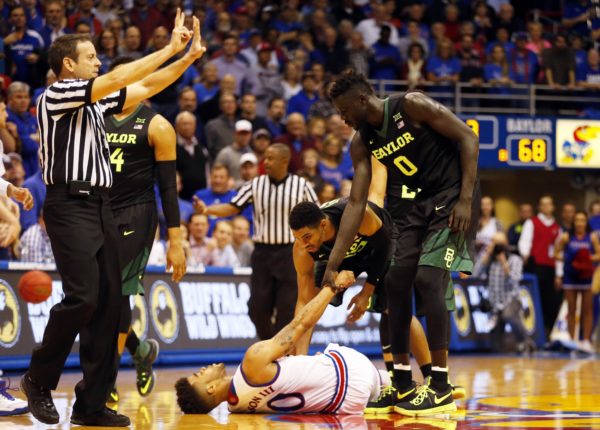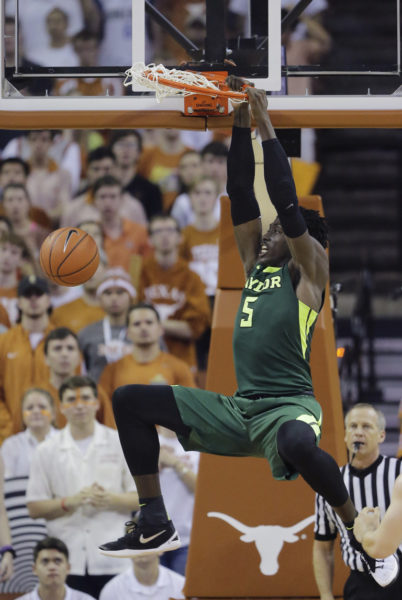Posted by Brad Jenkins (@bradjenk) on February 3rd, 2017
Here is the latest edition of our weekly review of the current ACC standings and team performances, where we focus on which teams are playing better or worse than their records indicate. Each week we delve into advanced metrics to reveal a few interesting teams, player statistics and trends. We are at the halfway point of conference play, so we now have more data points to look at – numbers which reveal some interesting trends. This week we will look at home versus away results for each team in the league so far this year. Finally, we forecast how the final ACC standings may look given current efficiency margins, and what that means for teams’ postseason aspirations.
Note: All data is current for games played through Wednesday, February 1.
Current Standings

Despite suffering some recent injuries to its backcourt, Louisville looks like the ACC’s best squad at the halfway point in conference action. The Cardinals’ efficiency numbers are certainly boosted by the 55-point shellacking that they put on Pittsburgh, but remember that North Carolina and Duke also put together dominant one-game performances against NC State and Georgia Tech, respectively – and they have played softer league schedules to date. Further down the standings we see some teams with records that do not correspond with their per possession performance. For instance, Virginia Tech may be 5-5 in the ACC standings but its overall play from an efficiency standpoint has only been slightly better than that of Boston College (against comparable schedules). Keep on eye on Clemson – the 3-6 Tigers have now won two in a row and four of their losses have come by five points or fewer or in overtime. North Carolina may have faced the league’s easiest slate so far, but that’s about to change. The Tar Heels have only faced two ACC foes with winning records so far, but their last eight contests will feature six such squads.
Read the rest of this entry »
| acc, feature, microsites
| Tagged: acc, boston college, clemson, duke, florida state, georgia tech, home court advantage, louisville, miami, n.c. state, ncaa bids, ncaa seed, north carolina, notre dame, pittsburgh, syracuse, virginia, virginia tech, wake forest
Share this story





























